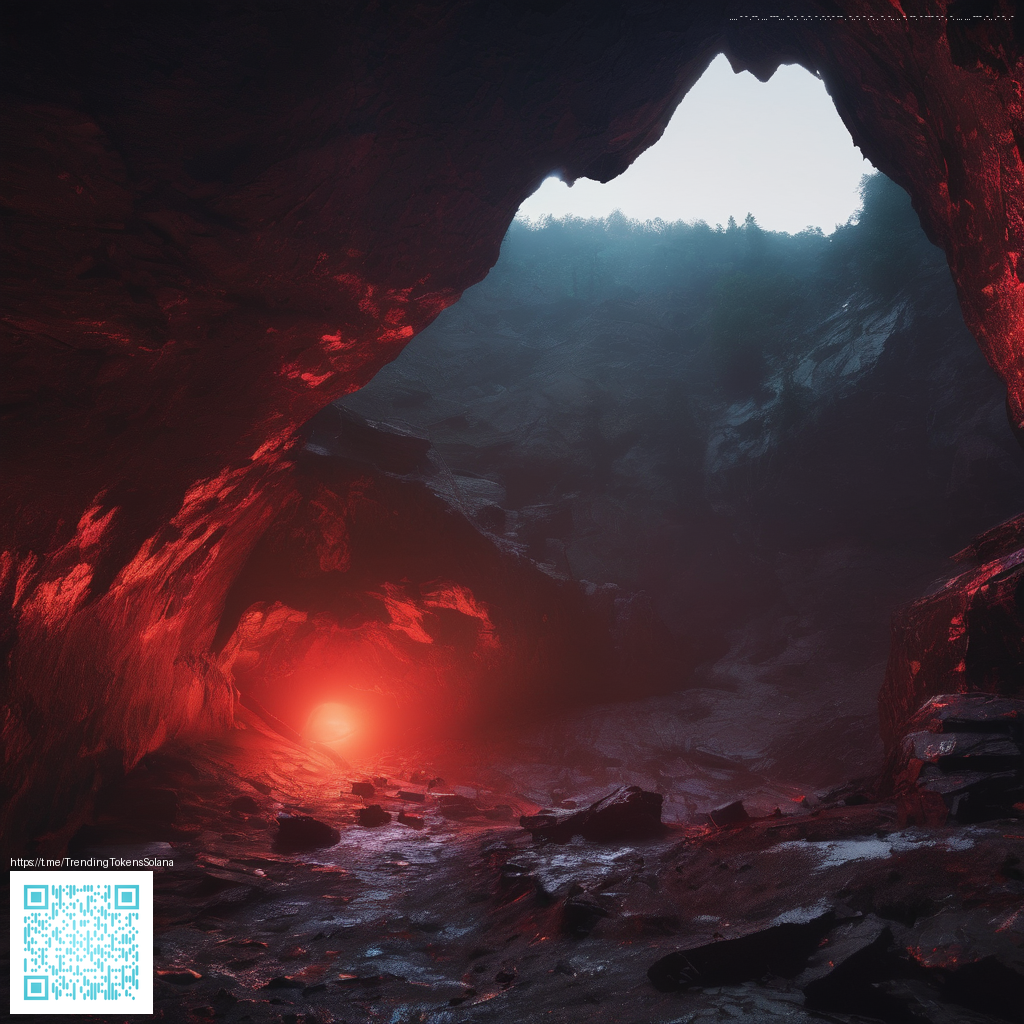Design Principles for On-Chain Survival Games
Survival games built on the blockchain offer a compelling mix of agency, persistence, and fairness. Players don’t just play for a few minutes; they shape worlds, trade rare assets, and influence outcomes that endure beyond a single session. The core challenge is aligning immersive gameplay with transparent, trust-minimized systems. When done well, on-chain mechanics feel like a natural extension of the survival genre: risks scale with rewards, assets are uniquely owned, and outcomes are verifiable by anyone.
Core Mechanics That Benefit From On-Chain Systems
At the heart of effective on-chain survival titles is a clean separation of concerns between what happens in the game loop and what happens on the blockchain. You can keep fast, responsive combat and exploration on a traditional runtime, while recording scarce resources, artifacts, and player-owned items on-chain. This guarantees true ownership and enables cross-project interoperability.
- Scarcity and economy: minted resources, tradable tools, and collectible gear should derive value from scarcity and utility rather than gimmicks. Smart contracts can enforce supply caps, decay timers, and craft requirements with auditable rules.
- Player-driven progression: character builds, equipment, and land ownership can be tokenized so players retain control even if a project reboots. Progression data stored in verifiable state minimizes disputes about who earned what and when.
- Deterministic outcomes: combat results, territory control, and event resolutions should be governed by transparent, auditable logic. Oracles and verifiable randomness help keep outcomes fair while preserving the thrill of risk.
- Asset portability: NFTs or similar tokens enable players to move gear between experiences or games, expanding the ecosystem beyond a single title. This cross-pollination is a powerful driver of long-term engagement.
Designing for Security and Performance
Blockchain security isn’t optional in this space. Smart contract audits, careful state management, and minimizing on-chain calculations are essential. A robust architecture typically uses on-chain commitments for critical decisions, with off-chain simulations handling the heavy lifting. When users experience a delay, they should understand what is happening behind the scenes and why it matters for fairness.
“The most memorable survival games feel immediate, but the consequences of each action are anchored in a system players can audit and trust.”
For developers, a practical workflow blends fast iteration with secure settlement. Use a modular stack so gameplay logic runs in a fast runtime, while the blockchain records key milestones—ownership transfers, crafted items, and earned rewards. Testing across environments, from local dev networks to testnets, helps catch edge cases before players encounter them in live worlds.
Tech Stack: What to Consider
A successful blockchain game usually combines these elements:
- Smart contracts: Solidity or another contract language to manage assets, quests, and rewards with clear, auditable rules.
- Token standards: NFTs for unique gear or land, and fungible tokens for in-game currency and rewards.
- Oracles and randomness: VRF or verifiable randomness to ensure unpredictable but fair outcomes in events and battles.
- Storage and state: IPFS or decentralized storage for large assets, with on-chain pointers for ownership and provenance.
- Layer 2 and scalability: Layer-2 solutions or sidechains to reduce fees and latency while preserving security guarantees.
As you prototype, keep the user experience in mind for players who primarily access games on mobile devices. A simple, reliable on-ramp for wallets, clean UI for inventory and crafting, and responsive controls are just as important as the blockchain design. If you need a quick, sturdy accessory to test in your dev setup, consider a handy tool like a Phone Click-On Grip Portable Phone Holder Kickstand to keep your device steady during long testing sessions. It’s not a feature, but it helps you stay focused during rapid iteration.
Prototype, Iterate, and Build Community
Start with a minimal viable experience that demonstrates core on-chain ownership, a handful of assets, and a simple battle or exploration loop. Use a clear tokenomics model that rewards early participation and sustains activity over time. Engage your community with transparency about the rules, update cadence, and security practices. A well-documented roadmap and in-game telemetry help players understand how their decisions influence the evolving world.
Documentation, tutorials, and examples matter just as much as the code. Provide starter templates for developers who want to remix your mechanics or port them into new settings. The blockchain layer should empower players, not overwhelm them with complexity. When players feel in control of their fate and assets, the game becomes a living platform rather than a single title.
To keep momentum, pair the technical design with thoughtful accessibility. Offer adjustable difficulty, clear onboarding, and guided craft trees so newcomers aren’t left guessing. The balance between difficulty, reward, and risk will determine whether your survival world becomes a thriving, enduring ecosystem or a short-lived experiment.
